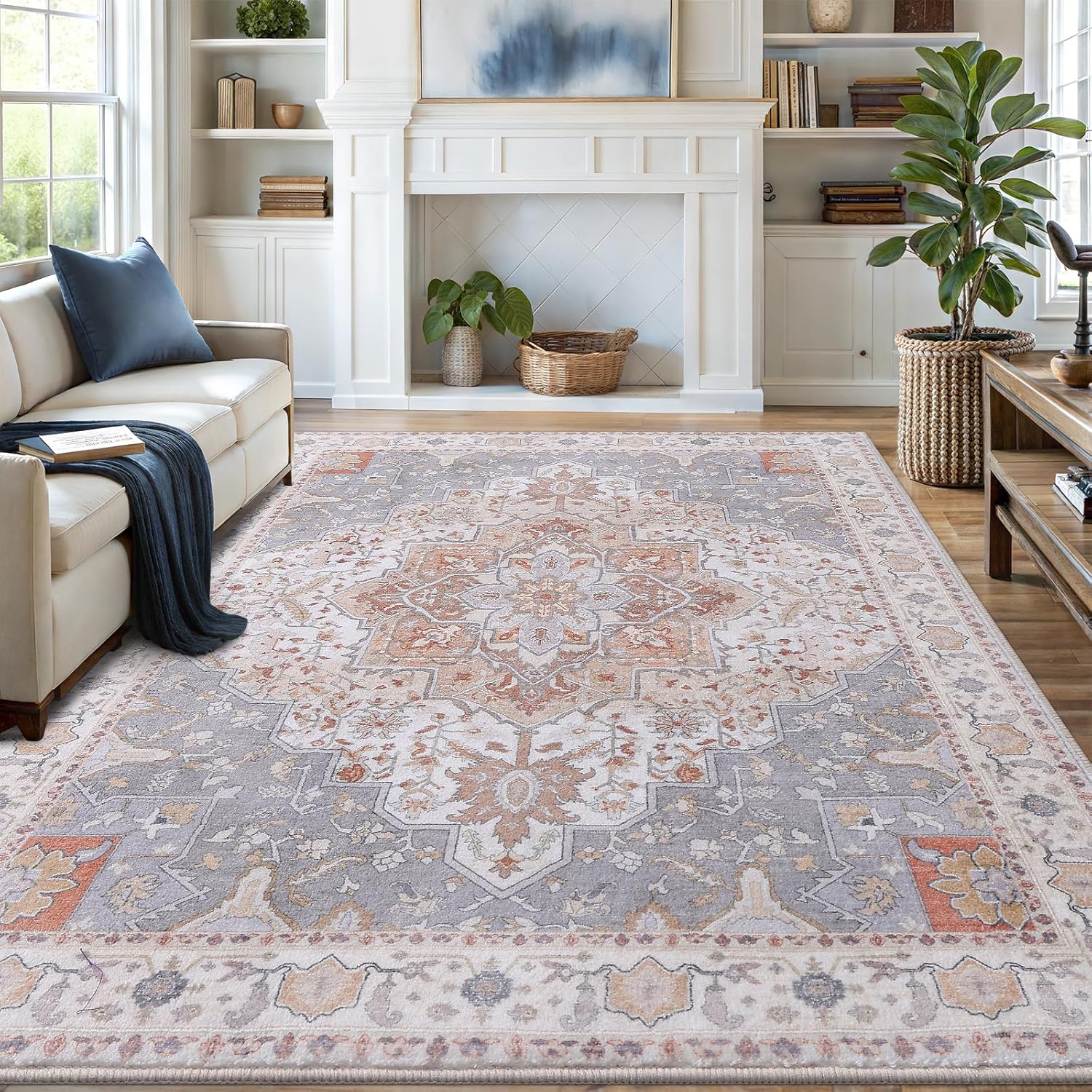No, using a steam mop on sealed hardwood floors can damage the finish and warp the wood; it’s best to use a damp mop instead.
Steam mops promise deep cleaning with minimal effort, but are they safe for your sealed hardwood floors? The answer isn’t black and white. While manufacturers often claim their steam mops are hardwood-safe, flooring experts frequently warn against them. Let’s explore the risks, benefits, and proper techniques for using steam mops on sealed wood floors.

The Great Steam Mop Debate
Opinions vary widely about steam mops and hardwood floors. Some homeowners swear by them, while experts often caution against their use.
Manufacturer Claims vs. Flooring Experts
Major steam mop brands like Bissell and Shark state their products can be used on sealed hardwood floors. However, flooring professionals from organizations like the National Wood Flooring Association recommend against steam cleaning. The disconnect comes from differing perspectives on moisture risk.
Real-World Experiences
Many homeowners report successfully using steam mops for years without issues. One user on Oak Abode shared: “We’d been cleaning with a steam mop on hardwood floors for about 4 months… If steam mops ruin hardwood floors, I figured damage must have shown by now.” However, absence of immediate damage doesn’t guarantee long-term safety.

Understanding the Risks
Before using a steam mop, it’s crucial to understand potential hazards to your hardwood floors.
Moisture Penetration
Steam can penetrate microscopic gaps in floor sealant. Over time, this moisture may cause:
- Wood warping
- Cupping between boards
- Finish degradation
Heat Damage
Excessive heat from steam can:
- Weaken adhesives in engineered wood
- Cause finish to bubble or peel
- Dry out wood fibers
When Steam Mops Might Be Safe
Under specific conditions, steam mops can be used cautiously on sealed hardwood.
Ideal Conditions
Steam mopping may be acceptable when:
| Factor | Safe Condition |
|---|---|
| Floor Sealant | High-quality polyurethane finish |
| Wood Type | Stable, properly acclimated hardwood |
| Usage Frequency | Occasional (monthly or less) |
Proper Technique
If you choose to steam mop:
- Use the lowest steam setting
- Keep the mop moving continuously
- Don’t let steam pool on the surface
- Follow with a dry microfiber cloth
Safer Alternatives to Steam Mopping
For regular cleaning, consider these gentler methods that protect your hardwood investment.
Dry Cleaning Methods
Start with these moisture-free options:
- Microfiber dust mops
- Vacuum with hardwood attachment
- Electrostatic dusters
For deeper cleaning of other surfaces, check our guide on cleaning tile floors with grout.
Damp Mopping
When floors need washing:

Vanmoos 6×9 Machine-Washable Area Rug — Artistic Flair / Beige
Low-pile, non-slip rug that minimizes pet hair collection and makes quick cleanup part of your routine.
Affiliate link — may earn a commission at no extra cost to you.
- Use a well-wrung microfiber mop
- Apply pH-neutral hardwood cleaner
- Work in small sections
- Dry immediately with clean towel
Choosing the Right Steam Mop
If you decide to steam mop occasionally, select your equipment carefully.
Key Features to Look For
Prioritize these safety features:
- Adjustable steam settings
- Temperature control
- Microfiber pads (not abrasive)
- Quick-dry technology
For other cleaning equipment recommendations, see our article on choosing the best cordless vacuum for hardwood floors.
Top-Rated Steam Mops
According to Consumer Reports, these models performed well in tests:
- Bissell PowerFresh Deluxe
- Shark Genius Pocket
- O-Cedar Microfiber Steam Mop
Special Considerations
Certain situations require extra caution with steam mopping.
Older Hardwood Floors
Vintage floors often have:
- Thinner finish layers
- More gaps between boards
- Potential unseen damage
High-Traffic Areas
Entryways and kitchens may have:
- More wear on sealant
- Deeper grime requiring cleaning
- Higher moisture exposure already
For maintaining other high-traffic surfaces, our polished concrete floors guide offers helpful tips.
Professional Recommendations
Flooring experts consistently advise against steam mopping hardwood. The National Wood Flooring Association states that “water and wood floors don’t mix,” recommending only damp mopping with approved cleaners.
As noted by Oak Abode, while some homeowners have positive experiences, the potential for costly damage makes steam mopping a risky choice for valuable hardwood floors.
